The Music Circle Method ©, developed by Artistic Director Dr. Tang Tee Tong and our senior pedagogues, is a modern musical curriculum that aims to develop students holistically and parallel to language learning.
The method emphasises the importance of nurturing visual, aural, and kinesthetic skills through mixed-modalities learning, while incorporating principles from established pedagogical approaches. Our educators utilise this comprehensive training program to provide students with a well-rounded musical education as well as develop their musical skills and abilities to the fullest potential.
The Music Circle places great emphasis on fostering creativity, collaboration, and exploration in music education. We aim to cultivate a fun and engaging learning environment and community where students can flourish and grow.
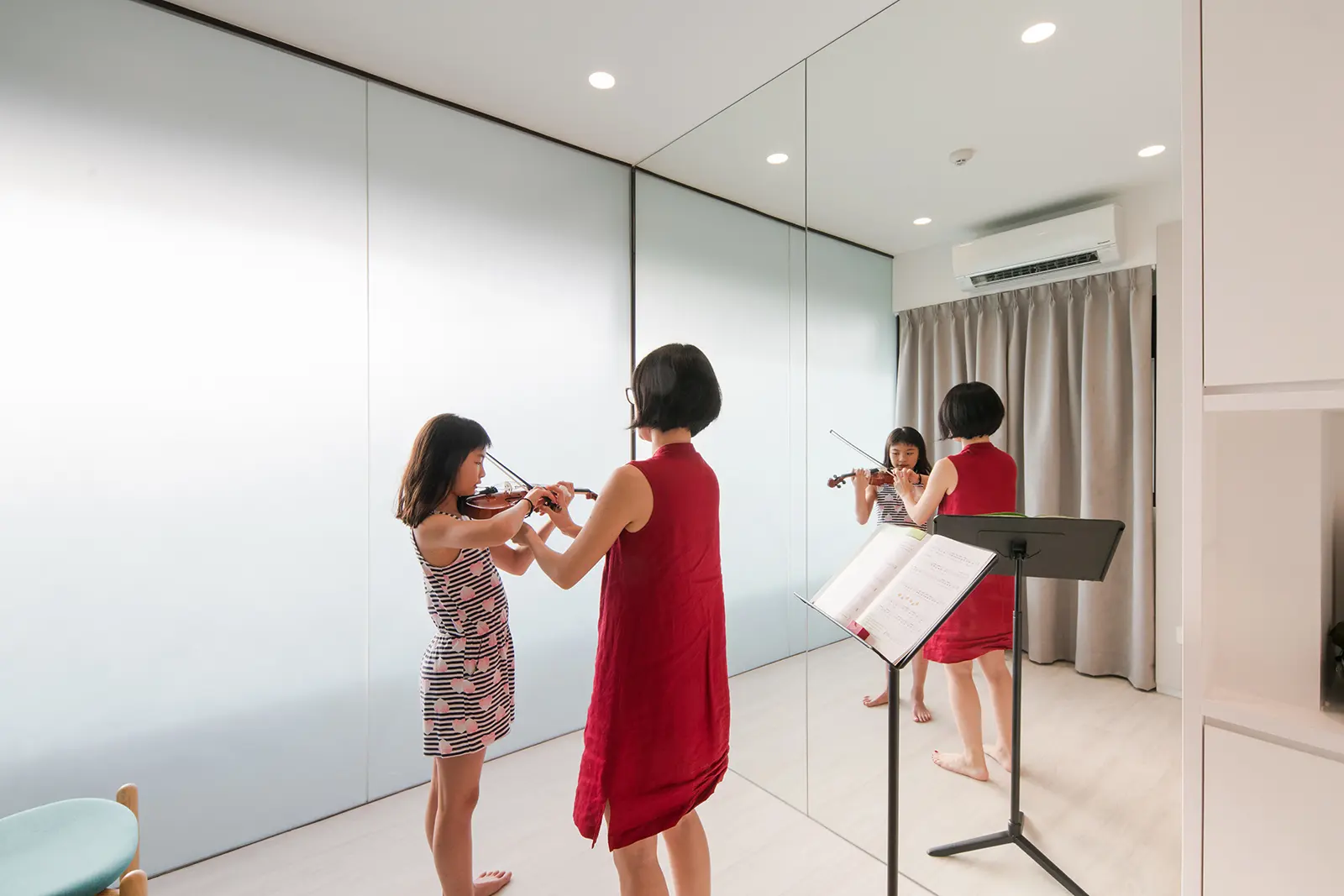
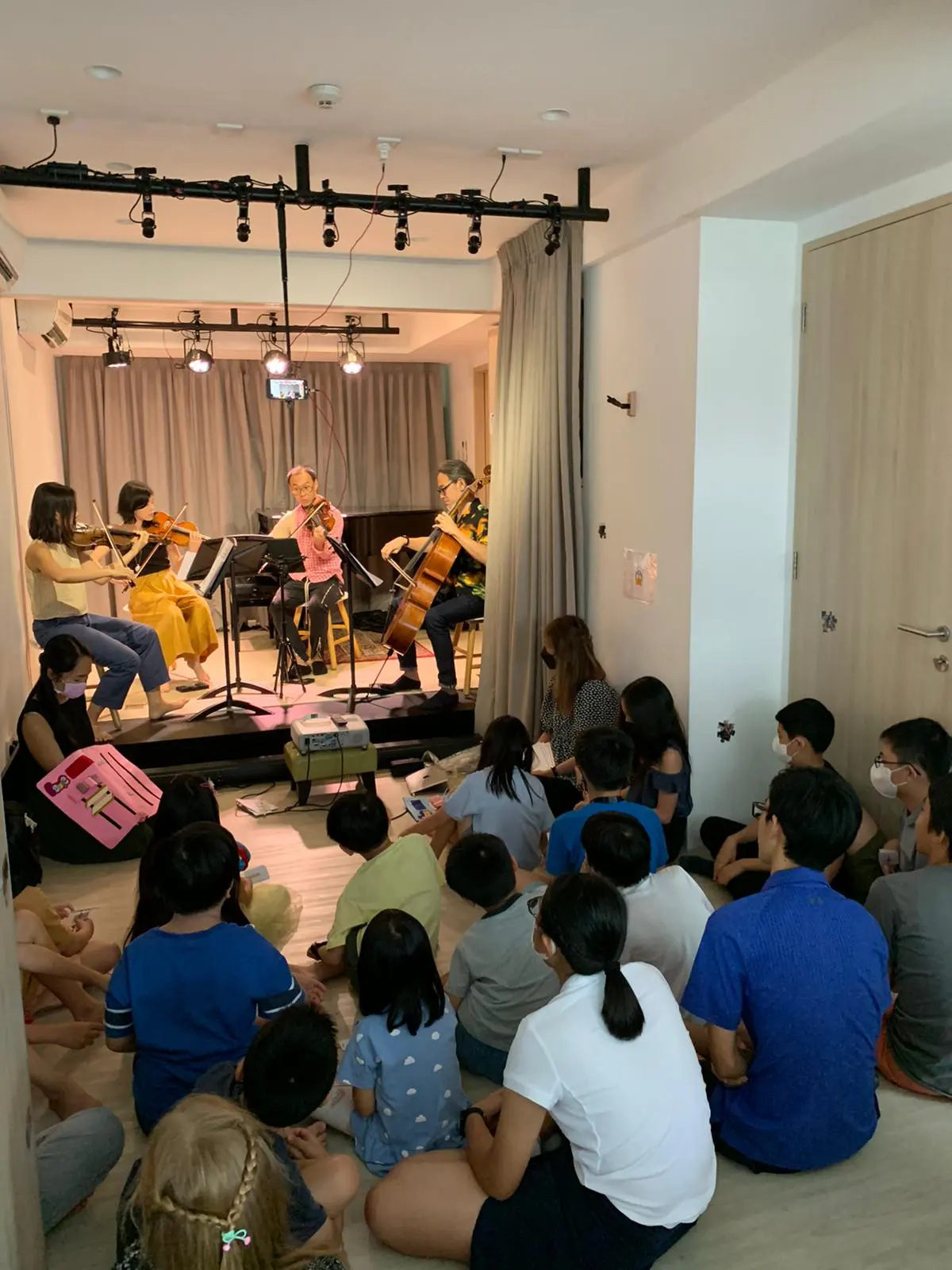

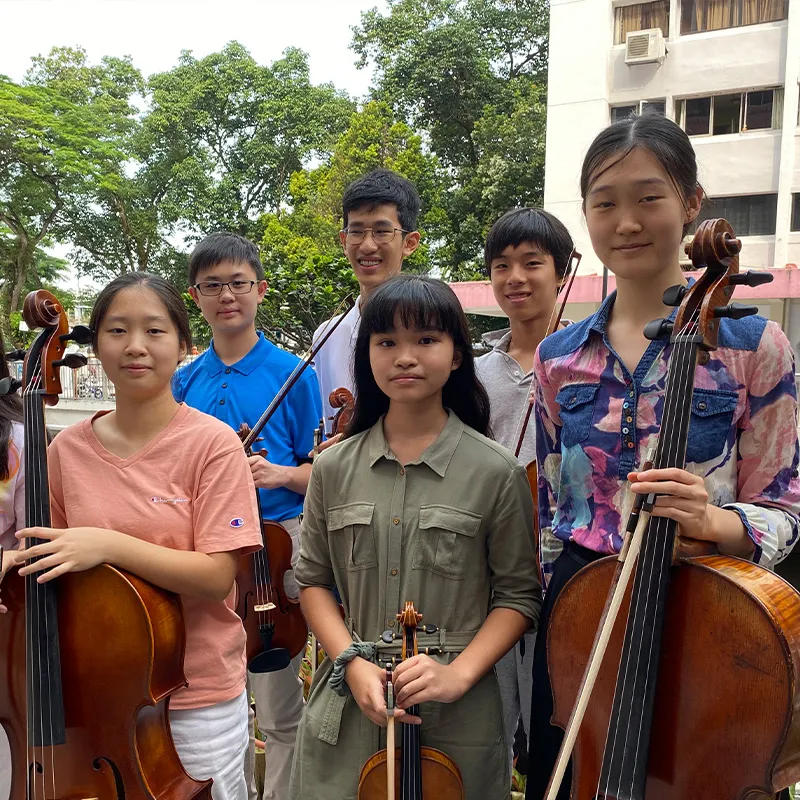
The Music Circle Method is our unique music education curriculum developed on four key foundational areas:
01.
Musical progression
The musical progression (ESIC) – Experience, Sing/Say, Identify, Create/Perform parallels the learning of language.
02.
Mixed-modalities learning
The development of visual, aural, and kinesthetic skills is crucial for nurturing well-rounded musicians.
03.
Synthesising established learning pedagogies
The Music Circle Method utilises a variety of proven musical learning pedagogies
including Gordon’s Music Learning Theory, Kodaly, Dalcroze, Alexander Technique, Paul Rolland, and Suzuki.
04.
Pedagogical experience of our team
Pedagogical Experience of TMC Artistic Director Dr. Tang Tee Tong and our senior pedagogues.
The Music Circle Method
The Music Circle Method
The Music Circle Method
The Music Circle Method
The Music Circle Method
The Music Circle Method
The Music Circle Method
The Music Circle Method
The Music Circle Method
The Music Circle Method
The Music Circle Method Curriculum encompasses:
Early Childhood Curriculum
The Mini Circle for 2 year olds
Early Childhood Curriculum
The Tiny Circle for 3 year olds
Early Childhood Curriculum
The Little Circle for 4 year olds
Early Childhood Curriculum
The Junior Circle for 5 year olds
Integrated Curriculum for Instrumental Skills, Aural and Theory Progression for aged 6 and up
The Music Circle Method Progression (ESIC)
The Music Circle Method applies our musical learning progression across all programmes from Early Childhood classes to the Instrumental Academy. The musical progression (ESIC) – Experience, Sing/Say, Identify, Create/Perform parallels the learning of language.
E
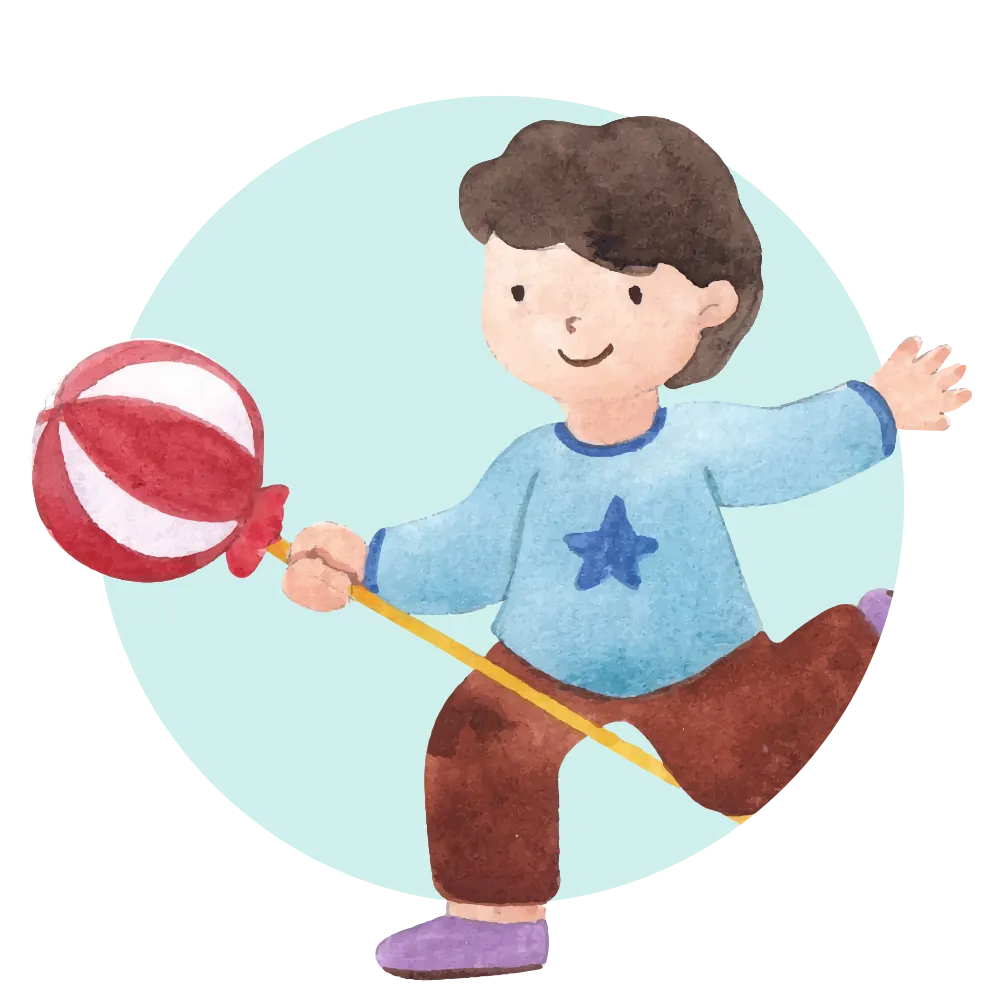
S

I
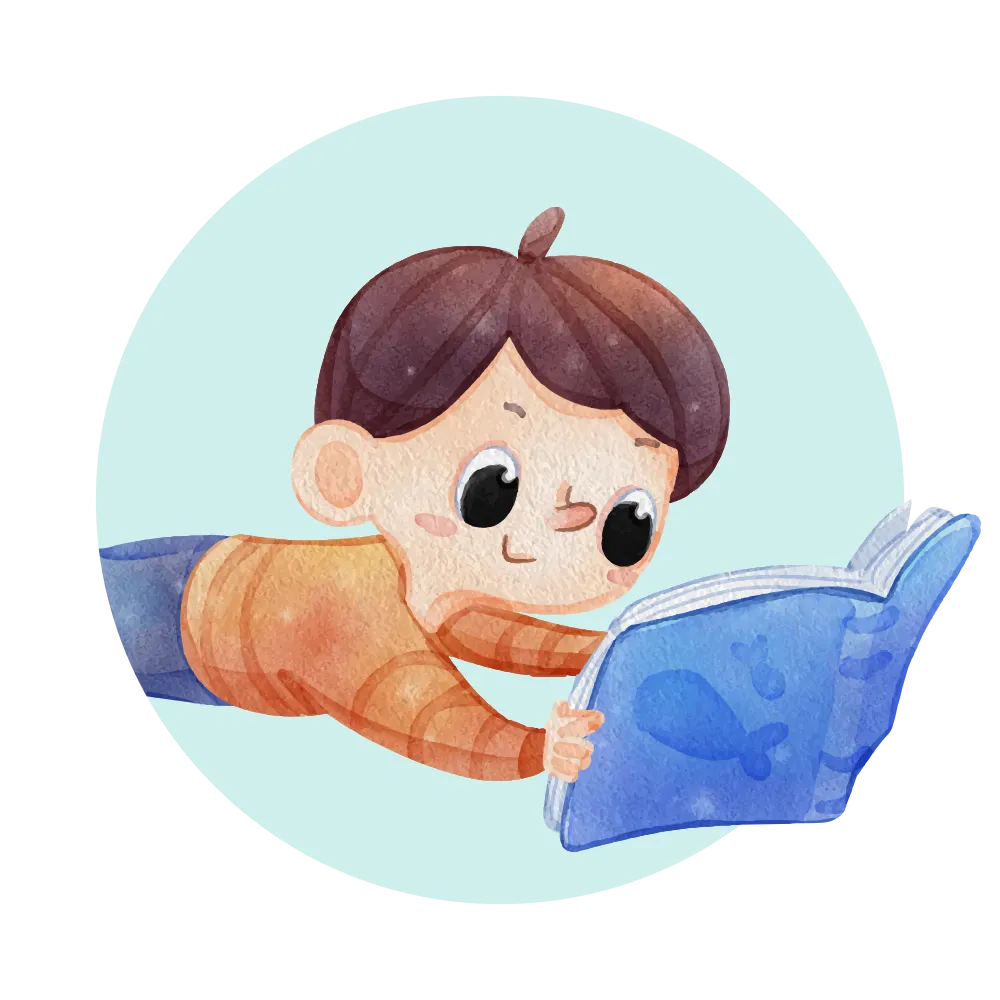
C

Listening and experiencing is the first step to music education. Just as a child first encounters language by listening and responding to words like ‘Mummy’ or ‘Daddy’, children need to listen and move to music from a young age.
Children would not be able to speak well at an early age if they are only spoken to sporadically. Similarly, a student would not be able to sing or perform music without exposure to music from an early age and building a musical vocabulary.
Children begin with babbling and progress to forming words and sentences verbally before recognising words aurally. By nurturing a child’s musical vocabulary through active listening and immersive experiences, they acquire the ability to sing solfège and say rhythmic syllables as well as identify aural patterns.
Just as a child who is able to speak will go on to learn how to read and write, a student with a growing musical vocabulary who can identify aural and visual patterns will progressively be able to create, which includes performing their instrument, improvising and even composing.
VAK – Visual Aural Kinesthetic
The development of visual, aural, and kinesthetic skills is crucial for nurturing well-rounded musicians. Fostering students’ proficiency in mixed-modalities learning is thus a key pillar of The Music Circle Method.
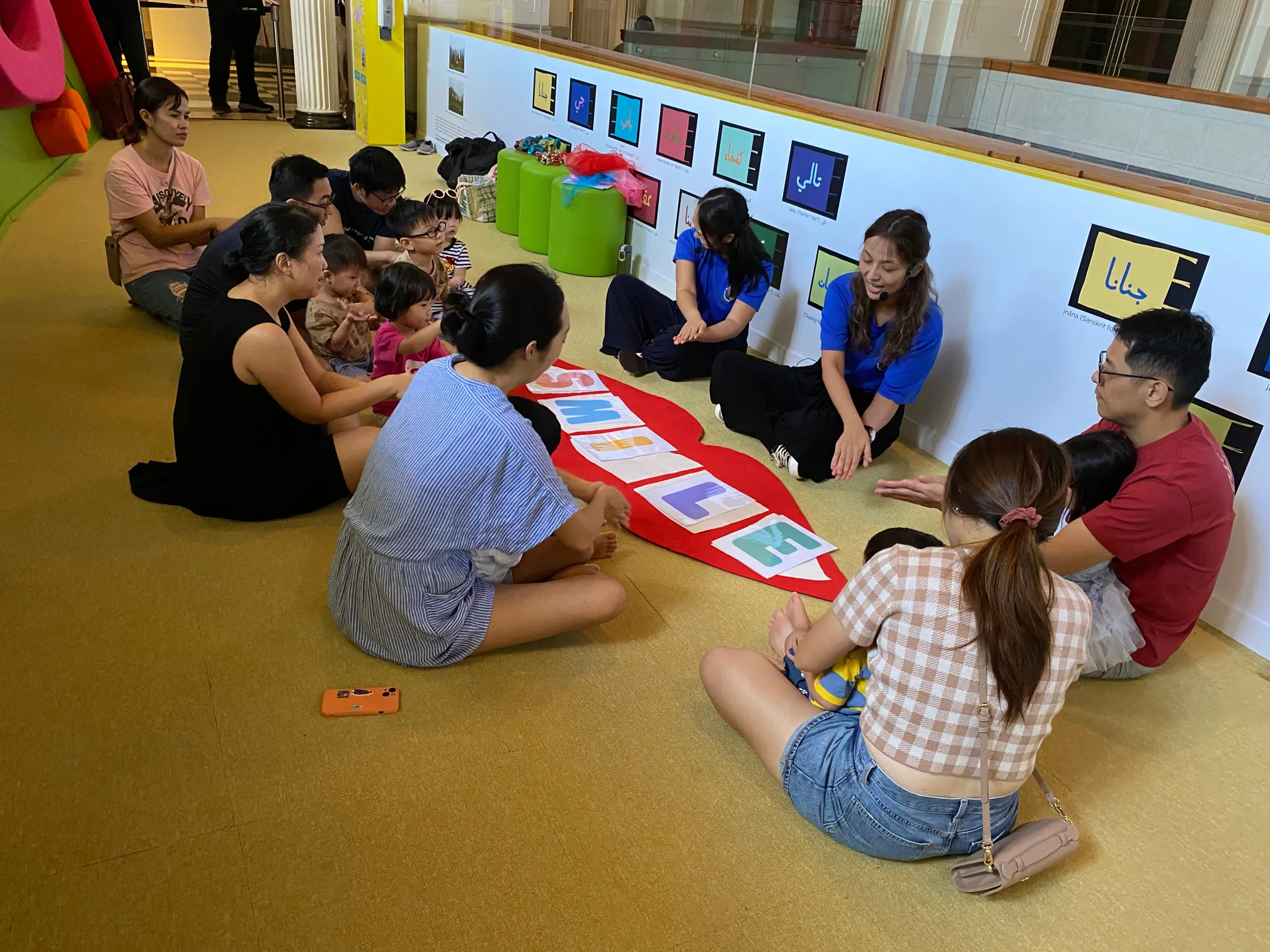
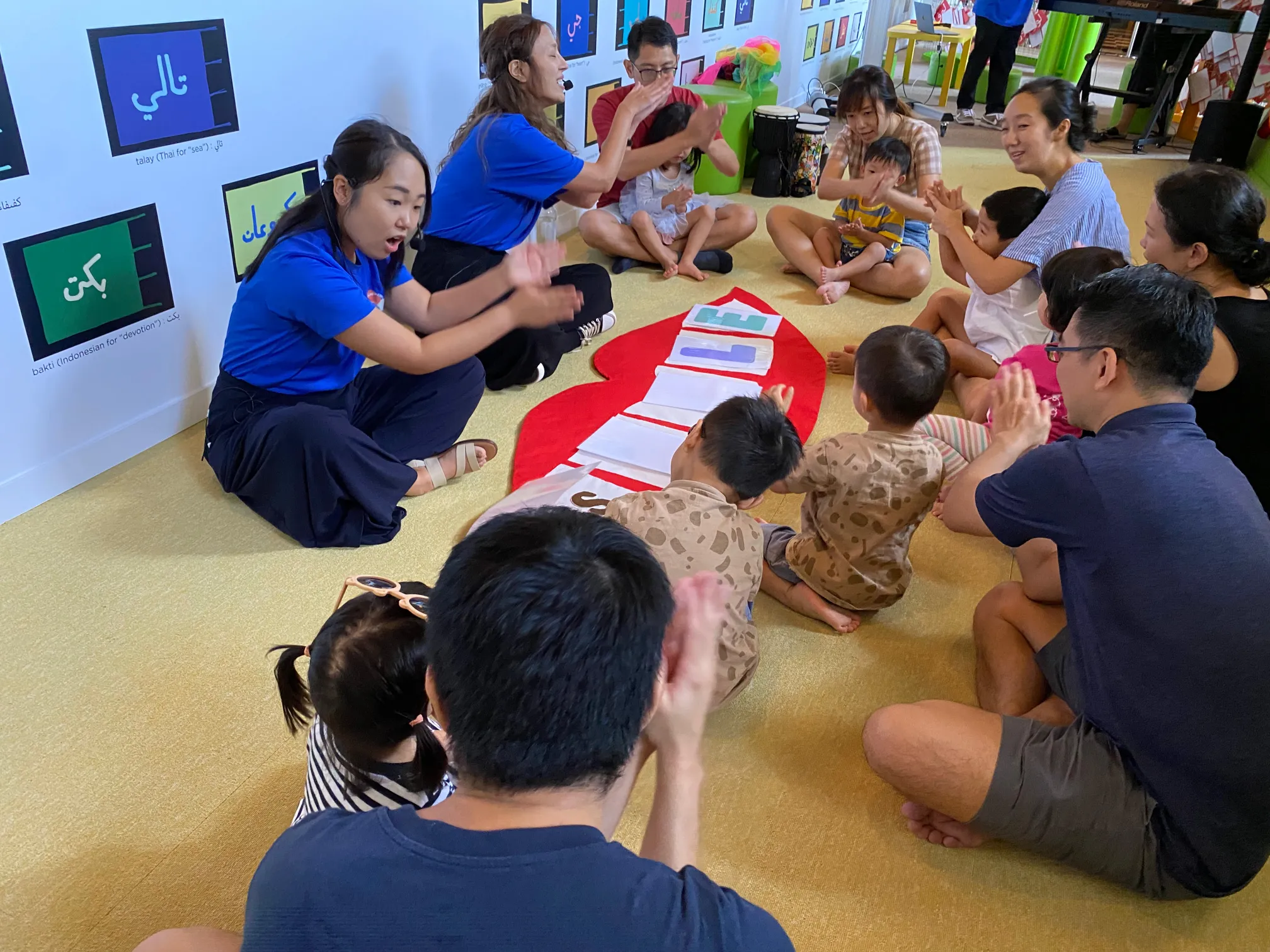
Origins and Influence
The Music Circle Method utilises a variety of proven musical learning pedagogies including Gordon’s Music Learning Theory, Kodaly, Dalcroze, Alexander Technique, Paul Rolland, and Suzuki. These methodologies are incorporated into the curriculum, enhanced and updated for the modern context by the collective expertise of Artistic Director Dr. Tang Tee Tong and our senior educators.
Read more
The Music Circle Method draws inspiration from Gordon’s Musical Learning Theory, which advocates the building of a musical vocabulary from birth. Central to this method is also the emphasis on developing audiation skills as well as creating a musical environment that facilitates a child’s optimal musical growth and potential in the future.
The influence of Dalcroze Eurhythmics is evident in The Music Circle Method, as we utilise movement, rhythm, and physical expression as tools for internalising musical concepts, enhancing musicality, heightening body awareness as well as to nurture creativity. Similarly, we adapt aspects of the Kodaly method to help build students’ foundation in aural skills, rhythm, and pulse, through singing, movement, aural training, and development of inner hearing, which is crucial in instrumental learning.
As educators who prioritise healthy body movements, The Music Circle Method integrates principles from the Alexander Technique and Body Mapping. These components are incorporated to ensure that students utilise their bodies efficiently and effectively while playing instruments. There is also an emphasis on cultivating awareness of the body and its movements to prevent long-term tension and injuries.
The Music Circle Method (Instrumental Academy Progression)
The Music Circle Method Instrumental Academy curriculum encompasses several essential components. The progression incorporates a methodical approach to technical development, encompassing scales, etudes, and repertoire. A significant focus is also placed on body and technical warm-ups, which contribute to the establishment of a solid technical foundation and readiness for future techniques. The progression also includes a diverse range of repertoire, aligned with the technical and musical progression specific to The Music Circle Method.


Integrated Curriculum for Instrumental Skills, Aural and Theory Progression
The Music Circle Method seamlessly integrates aural skills, music theory and practical abilities. Through the simultaneous development of aural and theory skills alongside practical capabilities, students gain a profound understanding of the practical relevance of various musical aspects and their direct application to their own musical performance. This approach better equips students to understand and appreciate music on a deeper level as well as achieve a level of greater proficiency.
The different pillars of musical learning are integrated into student’s lessons and experiences, keeping music theory and aural relevant in a child’s musical learning journey, instead of separating them as distinct areas to be studied apart from their instrumental training.



